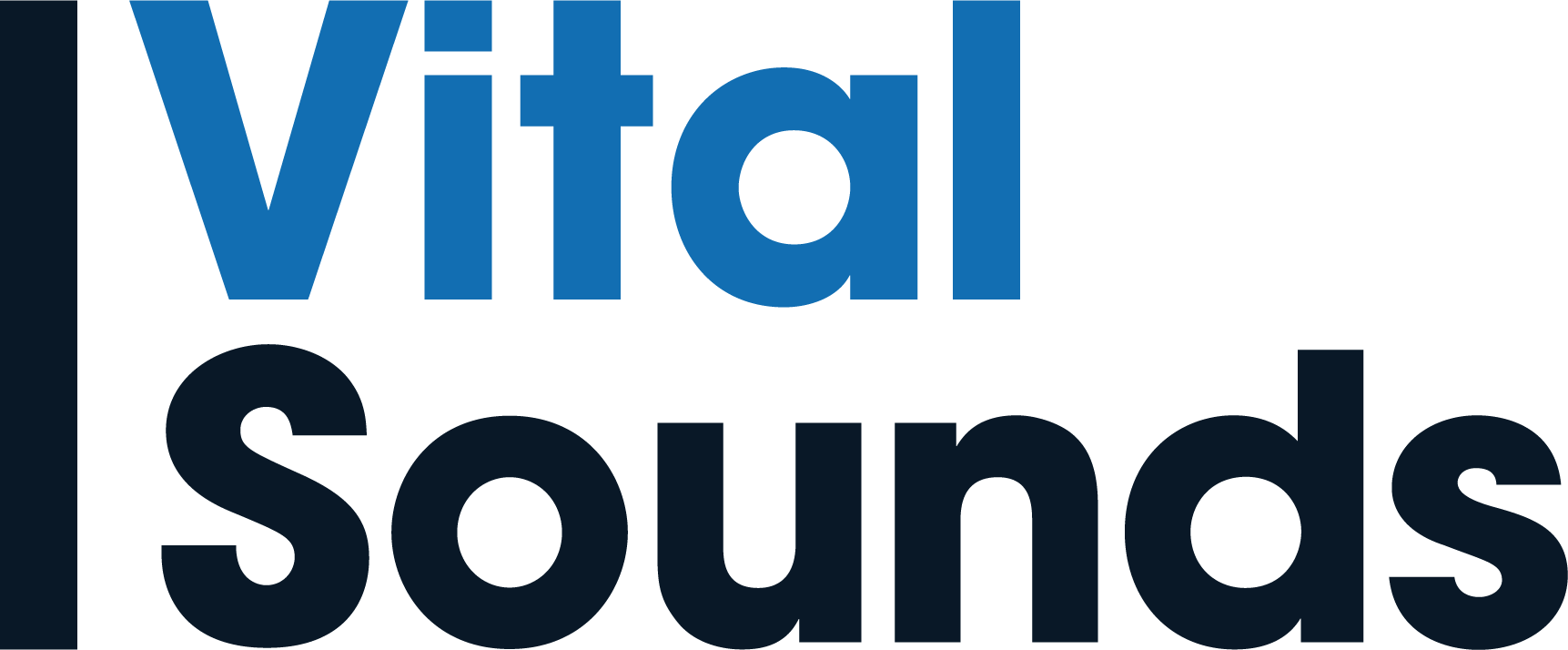Connie Christian, MBA, CPHRM
Risk Management and Patient Safety Advisor

ECRI’s Top 10 Health Technology Hazards report, now in its 18th year, identifies potential sources of technology-related patient safety risks. This year’s list highlights and provides practical recommendations for reducing risks associated with emerging challenges, including AI integration in healthcare, cybersecurity vulnerabilities, and risks associated with home care technologies. Physician practices, hospitals, and facilities are encouraged to use the report as a tool to manage risk and prioritize patient safety.
You can download the Executive Brief of the report, or ECRI members can log in to access the full report on the ECRI website: www.ecri.org.
Top 10 List and Key Takeaways
No. 1 – Risks with AI-Enabled Health Technologies
Artificial intelligence (AI) promises to increase the efficiency and precision of medical diagnoses, treatments, and services—ideally improving clinical outcomes, reducing costs, and minimizing health disparities. But improvements are not guaranteed, and the potential for preventable harm exists. AI offers tremendous potential value as an advanced tool to assist clinicians and healthcare staff, but only if human decision-making remains at the core of the care process.
No. 2 – Unmet Technology Support Needs for Home Care Patients
For many patients, healthcare at home is an attractive alternative to hospital-based treatment. But delivering care in the home has unique concerns, particularly when the patient or a family member is responsible for operating a complex medical device. The safe and effective use of such devices requires adherence to key technology management practices. These include assessing device usability in the context of the user’s abilities, mitigating any physical or structural limitations in the intended area of use, supplying the appropriate accessories, and providing sufficient training for proper device operation and maintenance.
No. 3 – Vulnerable Technology Vendors and Cybersecurity Threats
While there are many benefits to the use of third-party tools and services, a healthcare provider’s operations can be jeopardized by an event that incapacitates or degrades operations at the third-party vendor. In several high-profile cases, instances of unauthorized access, service disruptions, or other adverse cybersecurity events that impacted a vendor had far-reaching implications for patient care.
No. 4 – Substandard or Fraudulent Medical Devices and Supplies
Supply chain challenges have created avenues for substandard and sometimes fraudulent (e.g., counterfeit) medical devices and supplies to reach the care setting, where patients or staff can be harmed if products do not function as intended. Large-scale instances of substandard or fraudulent products reaching the US market have become startlingly common, with widespread implications for patient care. Principally, such devices may be more susceptible to failure or malfunction, leading to misdiagnoses or injuries. Additionally, the disruptions and recalls that these products cause can stress the supply chain, leading to product shortages, and the need for corrective actions can cost time and money, as healthcare organizations must review inventories for affected items.
No. 5 – Fire Risk in Areas Where Supplemental Oxygen is in Use
The three elements needed for a fire—an oxidizer (any gas that can support combustion), a fuel (any object that can burn), and an ignition source—can be present wherever oxygen is delivered. Ignition sources can range from the obvious, such as the electrical current applied by an electrosurgical unit during surgery, to the unsuspected. ECRI has investigated fires that have occurred during defibrillation, as well as those associated with the use of heated humidifiers, fiberoptic light sources, and damaged electrical cords, to name a few examples. Surgical staff in acute care facilities are likely well aware of fire risks in the OR, where the use of supplemental oxygen in the presence of ignition sources is common. However, ECRI’s investigations suggest that increased attention is needed to prevent fires in areas outside the OR to protect patients, staff, and others from the potentially devastating consequences of a fire.
No. 6 – Dangerously Low Default Alarm Limits on Anesthesia Units
Some anesthesia units can be configured such that the alarm limits that are active whenever a new surgical case is started—that is, the default limits—will be set to zero or a similarly unsafe lower limit. In effect, this disables the alarm at the start of the case. Anesthesia providers can change the alarm settings as circumstances warrant, and at times during a procedure, it may be appropriate to set the lower alarm limits to zero. What ECRI recommends against, however, is configuring the unit such that the default setting for the lower limits is zero or some other unsafe lower limit.
No. 7 – Mishandled Temporary Holds on Medication Orders
The need to suspend (or hold) the administration of a drug based on clinical circumstances is a common—but sometimes problematic—requirement during the course of patient care. Errors can arise if organizations lack carefully vetted workflows for documenting medication hold order parameters in the electronic health record (EHR). One key concern is that the EHR configuration may prevent easy access to details about a hold order. For example, the EHR may require practitioners to scroll, browse, or search for information about whether and when to hold (or resume) a medication. Or prescribers may document this information where it is not easily visible to other practitioners.
No. 8 – Infection Risks and Tripping Hazards from Poorly Managed Infusion Lines
Failure to properly manage infusion lines and connectors can lead to severe patient harm. While medication errors and misconnections are perhaps the best-known risks, they aren’t the only opportunities for harm. The potential for healthcare-associated infections (HAIs) and tripping hazards can be just as consequential. HAIs can have severe consequences, including longer hospital stays and increased rates of patient morbidity and death. To minimize the risks, healthcare workers should follow infection control best practices, including employing an aseptic technique when inserting, accessing, and maintaining lines and using standard precautions or additional transmission-based precautions, as appropriate. Another circumstance that can lead to harm is if infusion lines are allowed to dwell on the floor. This creates a tripping hazard that can lead to patient or staff injuries from a fall, as well as patient harm if the infusion line becomes dislodged.
No. 9 – Skin Injuries from Medical Adhesive Products
Medical adhesive products are used for a variety of applications—from dressing a wound to securing an IV line to attaching an electrode for an electrocardiogram. Tapes, dressings, and other adhesive products are intended to benefit patient care. However, not all adhesives are the same, and not all patients will respond similarly to an adhesive product. Inappropriate choices can lead to skin tears, blisters, adverse reactions like contact dermatitis, or other forms of injury. This hazard illustrates how purchasing decisions can impact patient care: Without access to appropriate products, staff may be forced to use one that is suboptimal for the situation.
No. 10 – Incomplete Investigations of Infusion System Incidents
Healthcare organizations will want to conduct a thorough investigation in the aftermath of any technology-related adverse event. Investigations involving infusion systems, however, can be particularly challenging due to the variety of potential contributing factors. Organizations that lack the expertise or resources to investigate such incidents thoroughly will be poorly positioned to prevent future, potentially fatal infusion-related medication errors or other incidents. Infusion therapy is an exceptionally common treatment, and the overwhelming majority of infusions are completed without incident—that is, with an infusion pump controlling the delivery of the medications or solutions to the patient as intended. Nevertheless, adverse events and near misses do occur with some regularity. Pump-related incidents are frequently the subject of reports submitted to the FDA, ECRI, and other patient safety organizations.
More Information
For more information on this report, including risk management, loss prevention, and professional liability issues, contact Connie Christian at cchristian@kammco.com.
